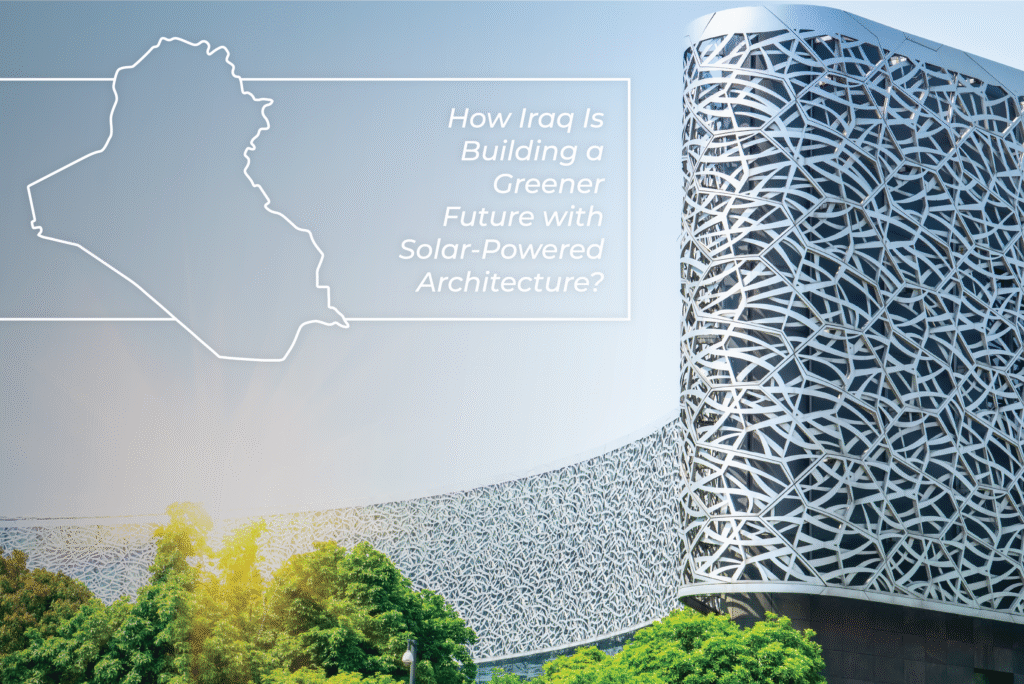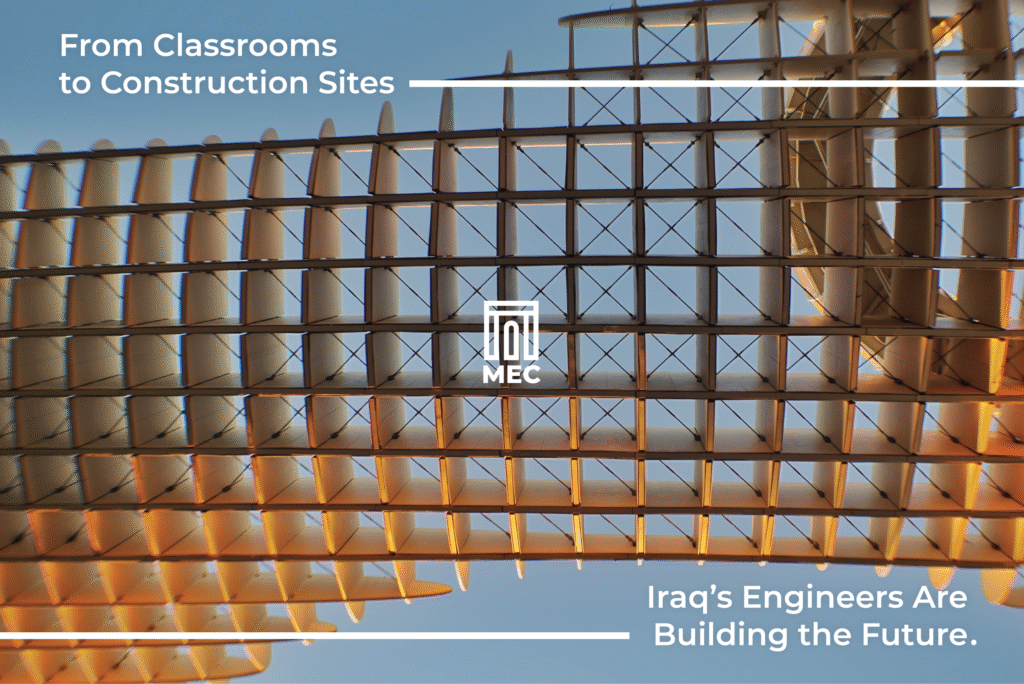Architectural Design Management in Iraq: Building More Than Structures
When we admire a beautiful building, we often overlook what made it possible: effective architectural design management. Behind every striking structure is a system of planning, coordination, and control that turns creative ideas into functional, real-world results.
In Iraq, where urban growth is picking up speed, design management is becoming essential. It’s not just about aesthetics anymore—it’s about balancing vision with execution.
This guide explores how architectural design management is shaping Iraq’s construction future, from improving project delivery to educating the next generation of architect-leaders.
What Is Architectural Design Management?
The Backbone of Every Successful Project
Design management is the process of overseeing an architectural project from concept to completion. It involves:
- Strategic planning
- Team coordination
- Quality control
- Time and budget management
- Risk mitigation
It ensures that bold ideas are not just designed—but built, efficiently and effectively.
More Than Design—It’s Execution
Without strong management, even the best designs risk delays, budget overruns, or poor execution. That’s why architectural firms increasingly rely on integrated management practices to bring complex projects to life.
Why It Matters in Iraq Today
Fast-Paced Urban Development
Cities like Baghdad, Erbil, and Basra are expanding rapidly. With this growth comes the need for infrastructure that’s not only well-designed but also delivered on time and to standard.
The Cost of Poor Management
Engineering consultants in Iraq report frequent challenges tied to weak project oversight—delays, inflated costs, and reduced quality. These issues don’t just affect individual projects—they slow down national development.
Architects Wearing Two Hats: Designer and Manager
Dual Roles Are Becoming the Norm
To address the gaps, many Iraqi architects now take on both creative and managerial responsibilities. This dual role allows them to maintain design integrity while ensuring projects are executed properly.
A Holistic Approach
Architects managing their own projects can align vision with practical constraints early on, reducing the need for costly redesigns or mid-project corrections.
Education Is Evolving
Universities Are Responding to the Need
Architecture schools in Iraq are embedding design management principles into their curricula. Students are learning not only how to create—but how to lead, plan, and deliver.
Preparing Future Leaders
This shift is preparing a new generation of architects to operate confidently in real-world environments—where success depends as much on leadership as it does on creativity.
The Future of Design Management in Iraq
As Iraq continues to rebuild and modernize, design management will be a key differentiator between projects that succeed and those that stall. It’s a discipline that brings structure to vision, helping turn bold ideas into durable, impactful spaces.
In short, architectural design management isn’t behind the scenes—it is the scene. It’s the process that shapes the buildings we admire, and the cities we live in.
Technology has transformed every aspect of our lives, and the real estate industry is no exception. Over the past decade, advancements in artificial intelligence, data analytics, and smart home systems have redefined how real estate agents, buyers, and investors operate. These innovations are not merely trends; they are shaping the future of real estate, impacting property value and revolutionizing the way properties are marketed, purchased, and evaluated.
This blog explores the intersection of technology and real estate, from tools that simplify daily operations to cutting-edge innovations that predict market trends. Whether you are an agent looking to enhance client relationships, a home buyer searching for the perfect property, or an investor analyzing market dynamics, understanding the role of technology can provide a competitive edge.




